Stand-up Pouches: The Pinnacle of Convenience Meets the Rise of Simpler Solutions
The landscape of flexible packaging is defined by relentless innovation, driven by consumer demands for convenience, shelf impact, and sustainability. Stand-up Pouches have dominated this evolution, becoming the go-to format for countless products, from snacks and coffee to pet food and premium beverages. Their ability to stand tall on shelves, offer excellent printability, provide resealability, and utilize material efficiently has made them a powerhouse. Yet, a counter-trend is gaining significant traction: the push towards ultra-simplified Single Layer Bags. This dynamic – the sophisticated multi-layer pouch versus the minimalist bag – is reshaping strategies across the industry.
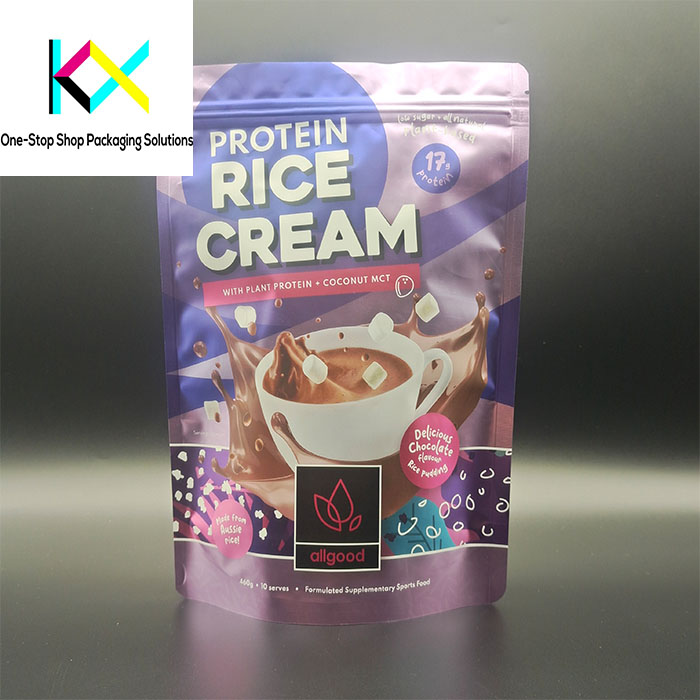
The Enduring Power of Performance and Presentation
There’s no denying the compelling advantages of Stand-up Pouches. Their three-dimensional structure creates unparalleled shelf presence, acting as a mini-billboard in crowded retail environments. This format allows for vibrant, high-definition graphics that capture consumer attention and communicate brand values effectively. Beyond aesthetics, functionality reigns supreme. Features like zip-lock reseals, spouts, and tear notches enhance user convenience and product freshness, directly impacting consumer satisfaction and repeat purchases. The inherent efficiency in material usage compared to rigid containers remains a significant environmental and cost benefit, solidifying their position for performance-driven applications. Stand-up Pouches excel when product protection, extended shelf life, barrier properties, and premium presentation are non-negotiable.
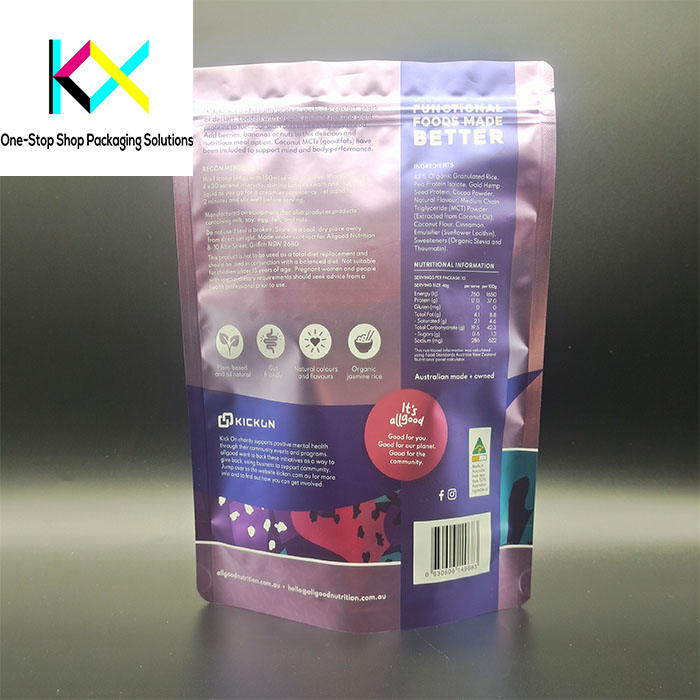
The Simplicity Imperative: Driving Demand for Single Layer Bags
Simultaneously, powerful forces are elevating the humble Single Layer Bag. Several key drivers are at play:
Recyclability & Circularity: The most potent force. Complex multi-layer structures, common in many Stand-up Pouches, present significant challenges for existing mechanical recycling infrastructure. Single Layer Bags, particularly those made from polyethylene (PE) or polypropylene (PP), offer a much clearer path to recyclability. Brands facing regulatory pressure (like EPR schemes) and consumer demand for truly circular solutions are increasingly exploring monomaterial Single Layer Bags where performance allows.
Cost Sensitivity: In markets or for products where premium features are less critical, the inherent simplicity of producing Single Layer Bags translates to lower material and conversion costs. This is particularly relevant for high-volume, commoditized goods or in cost-sensitive regions.
E-commerce Optimization: The explosive growth of online shopping demands packaging that is lightweight, compact, and damage-resistant during shipping. Well-designed Single Layer Bags can often fulfill these requirements efficiently, minimizing shipping volume and costs without unnecessary complexity.
“Good Enough” Barrier: For many dry goods (cereals, rice, pasta, certain snacks), or products with inherently stable shelf lives, the barrier properties offered by modern single-layer films are often entirely sufficient. Advances in film technology continue to expand the range of products suitable for this simpler format.
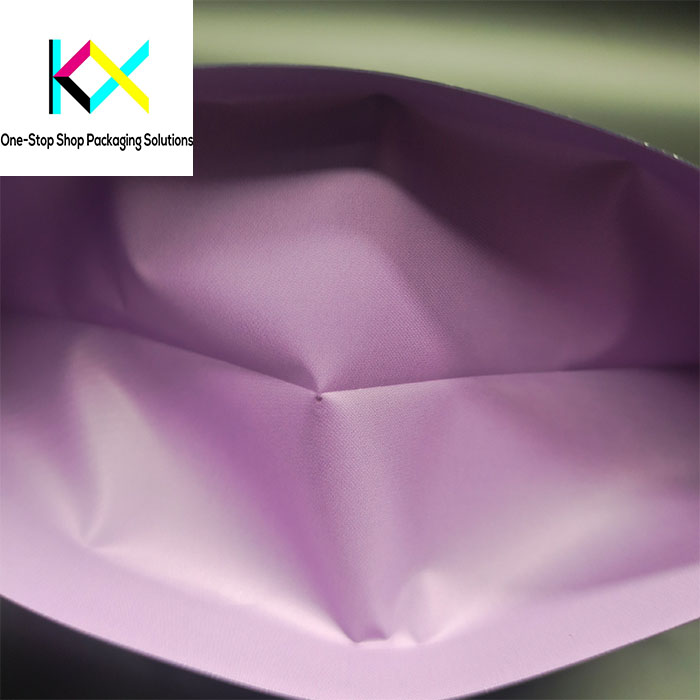
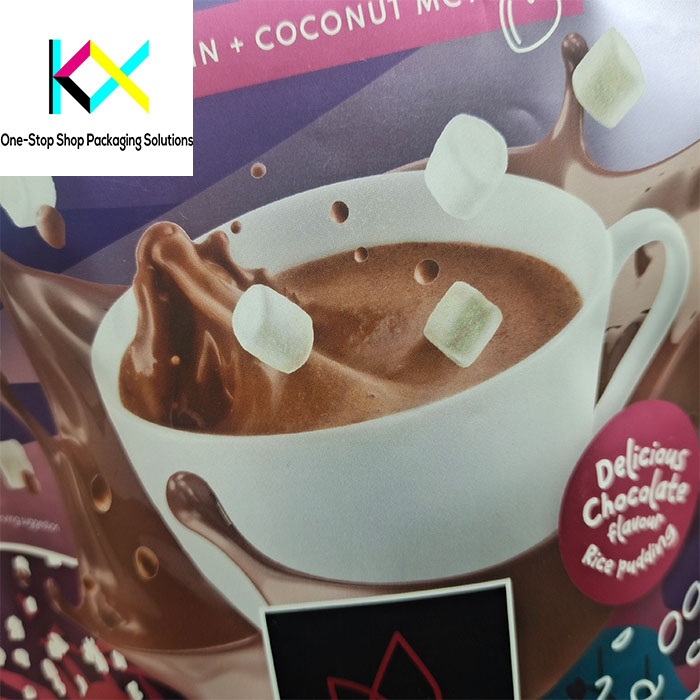
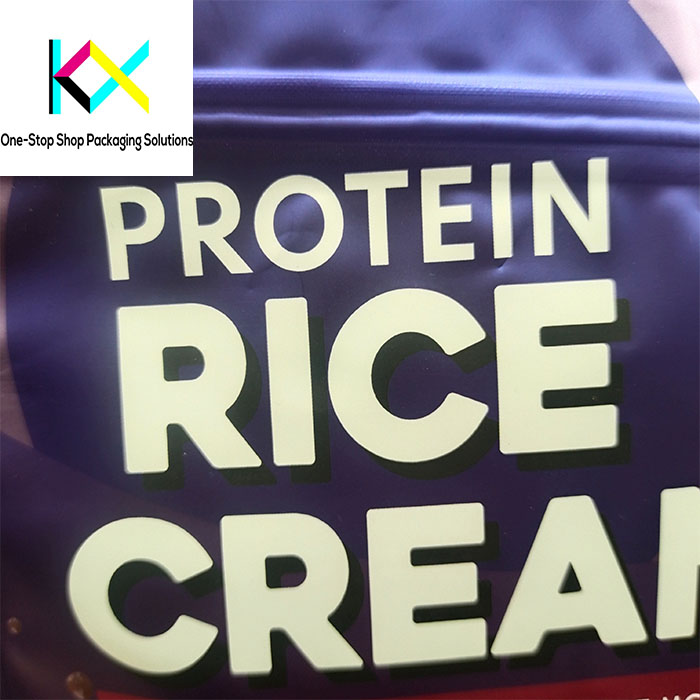
Where Stand-up Pouches Still Reign Supreme
Despite the appeal of simplicity, Stand-up Pouches maintain critical advantages in specific scenarios:
High-Barrier Needs: Products requiring exceptional protection against oxygen, moisture, light, or aroma (coffee, premium snacks, sensitive pharmaceuticals, wet pet food) almost always demand the multi-layer barrier structures achievable in Stand-up Pouches.
Liquid & Semi-Liquid Products: The gusseted base and ability to incorporate robust spouts make Stand-up Pouches the preferred, often only viable, flexible format for liquids, sauces, and viscous products.
Premium Brand Positioning: The tactile feel, structural rigidity, and superior print quality possible with Stand-up Pouches continue to be essential for brands commanding premium price points and emphasizing luxury or high quality.
Advanced Functionality: Integrating features like pour spouts, dispensing caps, and sophisticated reseal mechanisms is far more developed and reliable within the Stand-up Pouch format.
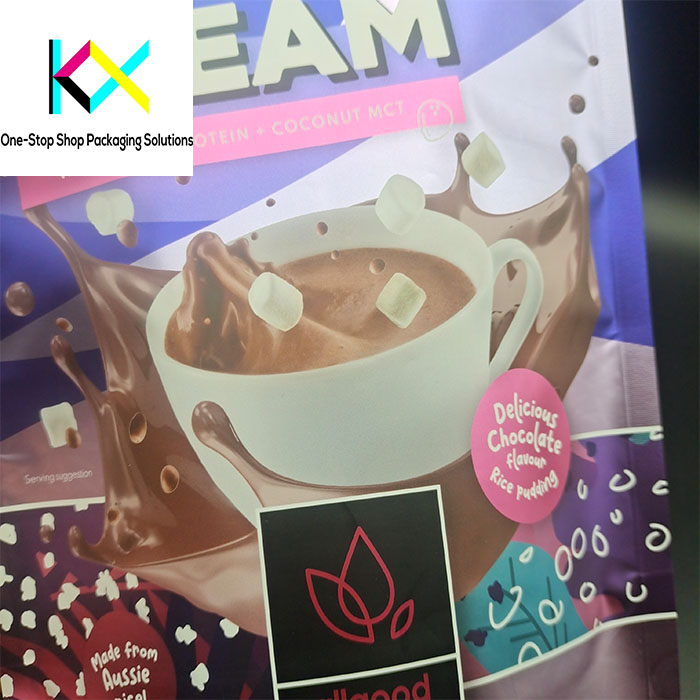
Sustainability: A Nuanced Battlefield
The sustainability debate between these formats is complex and context-dependent:
Stand-up Pouches: While potentially using less material than rigid alternatives, multi-layer complexity hinders recyclability. Lightweighting and incorporating recycled content (PCR) are key strategies. The focus is often on reducing overall environmental footprint through material efficiency and performance.
Single Layer Bags: Their primary sustainability strength lies in design for recyclability (especially PE and PP monomaterial bags). They often have a lower carbon footprint in production due to simpler conversion processes. The challenge is ensuring functional performance and driving effective collection and recycling infrastructure to realize the circular potential. Single Layer Bags represent a shift towards designing for end-of-life from the start.
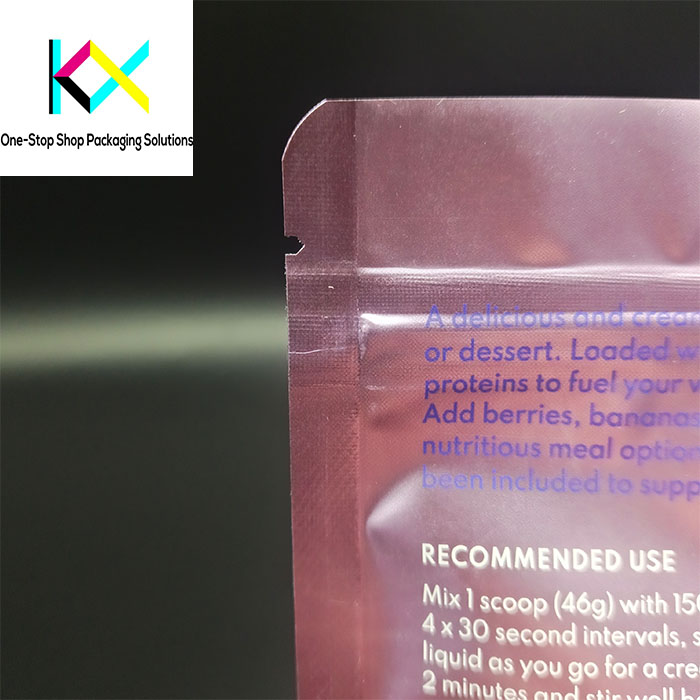
Innovation at Both Ends
Innovation is vibrant across both formats:
Stand-up Pouches: Focus areas include developing recyclable or compostable multi-layer structures (using compatible polymers or advanced barrier coatings), significant lightweighting without compromising performance, integrating higher levels of PCR, and improving the recyclability of components like spouts and zippers.
Single Layer Bags: Advancements center on enhancing the barrier properties of monomaterial films (through metallization, coatings, or novel additives), improving print quality and durability on simpler substrates, developing functional features like reseals within a single-layer framework, and optimizing designs for e-commerce robustness.
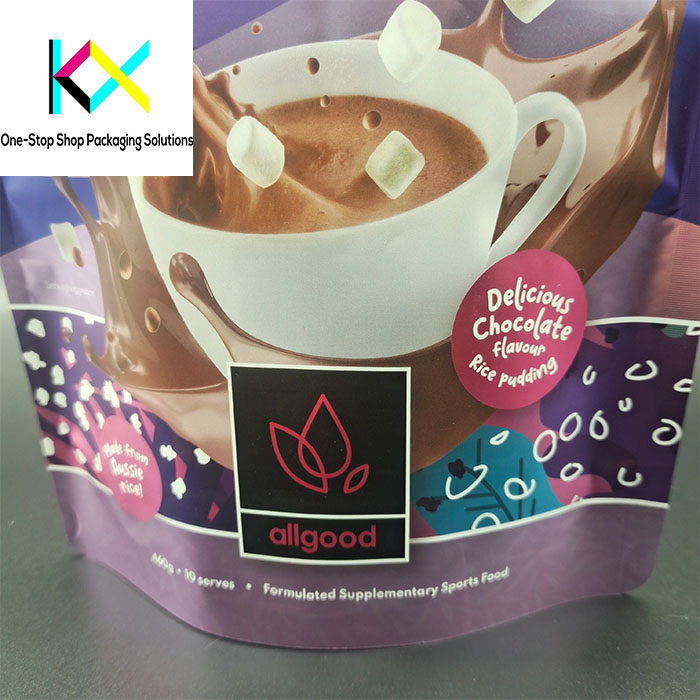
Choosing the Right Tool: It's About Application
The decision between a sophisticated Stand-up Pouch and a streamlined Single Layer Bag is not about one replacing the other. It’s about strategic alignment:
Choose Stand-up Pouches When: Superior barrier, liquid handling, premium branding, complex functionality, or maximum shelf impact are paramount, and the product value supports the format.
Choose Single Layer Bags When: Design for recyclability is the top priority, product barrier requirements are moderate, cost sensitivity is high, e-commerce efficiency is crucial, or simplicity aligns with brand ethos.
The Future: Coexistence and Convergence
The future of flexible packaging isn’t a winner-takes-all battle. Instead, we’ll see:
Coexistence: Both Stand-up Pouches and Single Layer Bags will thrive, serving distinct product categories and market needs based on performance requirements, cost structures, and sustainability goals.
Convergence: Technologies will blur the lines. Expect to see Stand-up Pouches made from simpler, more recyclable material sets, potentially approaching monomaterial structures where possible. Conversely, Single Layer Bags will incorporate more advanced features and improved aesthetics, encroaching on territory traditionally held by more complex pouches.
Infrastructure Focus: The success of recyclable Single Layer Bags hinges heavily on investments in collection, sorting, and recycling infrastructure globally. The industry must push for systemic improvements.
Conclusion: Sophistication Meets Simplicity
The flexible packaging industry is navigating a fascinating duality. Stand-up Pouches continue to set the standard for high-performance, high-impact packaging, constantly evolving to meet sustainability challenges. Simultaneously, the drive for circularity and efficiency is propelling the resurgence of intelligently designed Single Layer Bags. The most successful brands and converters won’t champion one format exclusively but will strategically leverage both, selecting the optimal solution based on the specific product, market, and sustainability objectives. Understanding the strengths and limitations of each – the pinnacle of convenience versus the elegance of simplicity – is key to thriving in the dynamic future of packaging.
